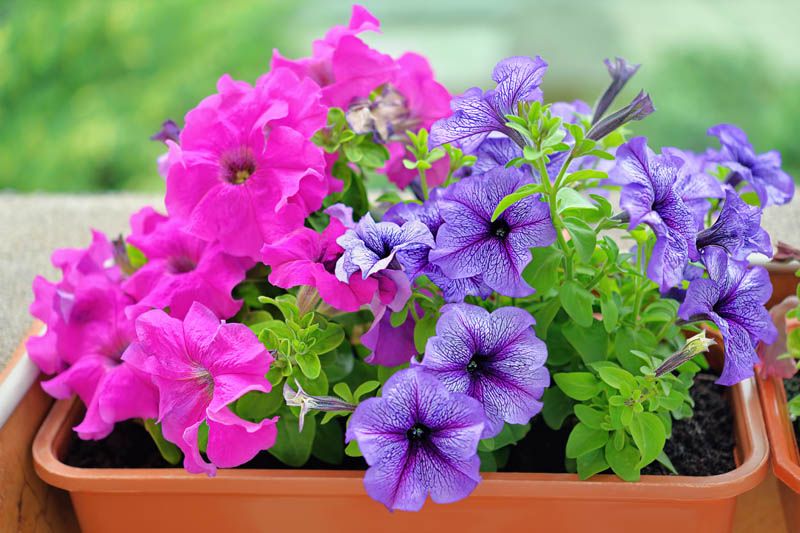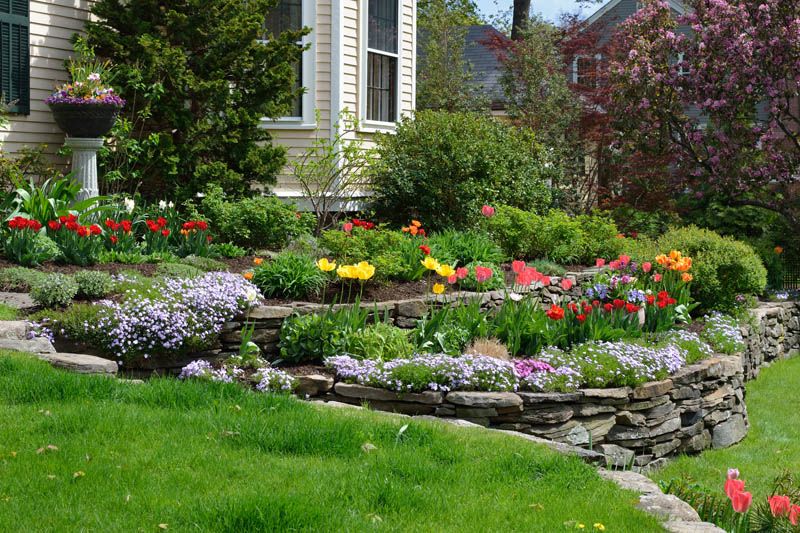How to Add Color to Landscaping
When we think of landscaping, we think green, but there are so many more color options available than different shades of green, think of all the different colors found in foliage and flowers. A sea of green grass and shrubs can get quite boring, but you can easily bring other colors into the mix by choosing your landscaping wisely. Creating a thoughtful color palette is essential for planning your landscaping and achieving a harmonious look.
Let’s learn how to add color to landscaping with techniques from flowering plants to mulch and explore different budget options. Whether you want to re-landscape your entire property or just add vibrancy to high-traffic areas, colorful landscaping ideas can transform landscapes of all sizes and styles. It’s easy to add color to landscaping.
Introduction to Color Theory
Creating a Color Scheme
Choosing the right color scheme is key to achieving the mood and style you want in your garden. Start by deciding if you want a warm, energetic feel with colors like orange and yellow, or a cool, calming effect with blues and greens. A monochromatic color scheme uses different shades of the same color for a sophisticated, unified look, while a complementary color scheme pairs colors opposite each other on the color wheel, like purple and yellow, to add depth and drama. For a more subtle approach, try analogous colors, which are next to each other on the color wheel, such as blue, blue-green, and green, to create a harmonious flow. Use the color wheel as your guide to mix and match plant colors, and don’t be afraid to experiment with different shades to find the perfect balance for your garden.
Perennial Flowers
In landscaping, the term perennial(s) refers to plants that come back every year on their own. Perennials bring a yearly pop of color as they offer their flowers to local pollinators. Perennial flowering plants come in the form of ornamental grasses, shrubs, traditional flowers, and even compact trees.
You can use perennial plants to pick a color theme like whites, cool colors, warm colors, or you can mix a variety together for a vibrant landscaping layout. Try a mix of species with different flowering times to achieve color in your landscaping from early spring into fall. Thoughtful planting of varying plants and creative plant combinations can greatly enhance visual interest and harmony in your garden. Incorporating varying heights in your perennial beds adds depth and dimension, making the overall design more dynamic.

Colorful Foliage
Most plants have green leaves but not all. You can also find foliage in shades like yellow green, pink, pinks, oranges, and yellow orange, which can add variety and interest to your landscaping. Considering you can find plants with blue, red, purple, and many other colors of foliage – use that to your advantage for more color in your landscaping. You can nestle a blue spruce next to golden grasses or a dark purple shrub next to your dark green lawn. Unlike perennial flowering plants, plants with colorful foliage provide color for several months at a time instead of a few weeks at a time. Neutral colors, such as white and gray, can be used to balance more vivid foliage hues. When planning your garden, select a base color for your foliage scheme and consider the colors of other plants nearby to achieve harmony.

Annual Flowers

Mulch
One of the fastest, easiest, and cheapest ways to add color to your landscaping is by spreading new mulch over your plants and beds. Mulch not only refreshes the look of planted areas but also enhances your overall garden color. There are many types of mulch to match your landscaping, from natural earth-toned bark to dyed, shredded tires and other xeriscape options.
Mulch can turn a bed with drab gray-brown topsoil into a cohesive and colorful addition to your landscaping. Choosing mulch colors that complement your garden color palette will help create visual harmony and enhance your overall garden color. As a bonus, mulch helps your plants retain moisture, wards off weeds, and provides nutrients to your plants as it slowly decomposes.

Adding a Focal Point
Seasonal Color Changes
Maintaining a Colorful Landscape
Keeping your landscape colorful year-round takes a bit of planning and regular care. Combine annuals for bursts of seasonal color with perennials that provide reliable blooms year after year. Regular maintenance, like pruning, watering, and fertilizing, will help your plants stay healthy and vibrant. Don’t forget to use garden decor, such as colorful planters or ornaments, to add extra pops of color and personality. Pay attention to the color relationships between your plants and features, using complementary colors to create harmony and high contrast for visual excitement. With thoughtful plant selection and ongoing care, you can create and maintain a garden that’s always full of life and color.
Using a Professional to Add Color to Landscaping

